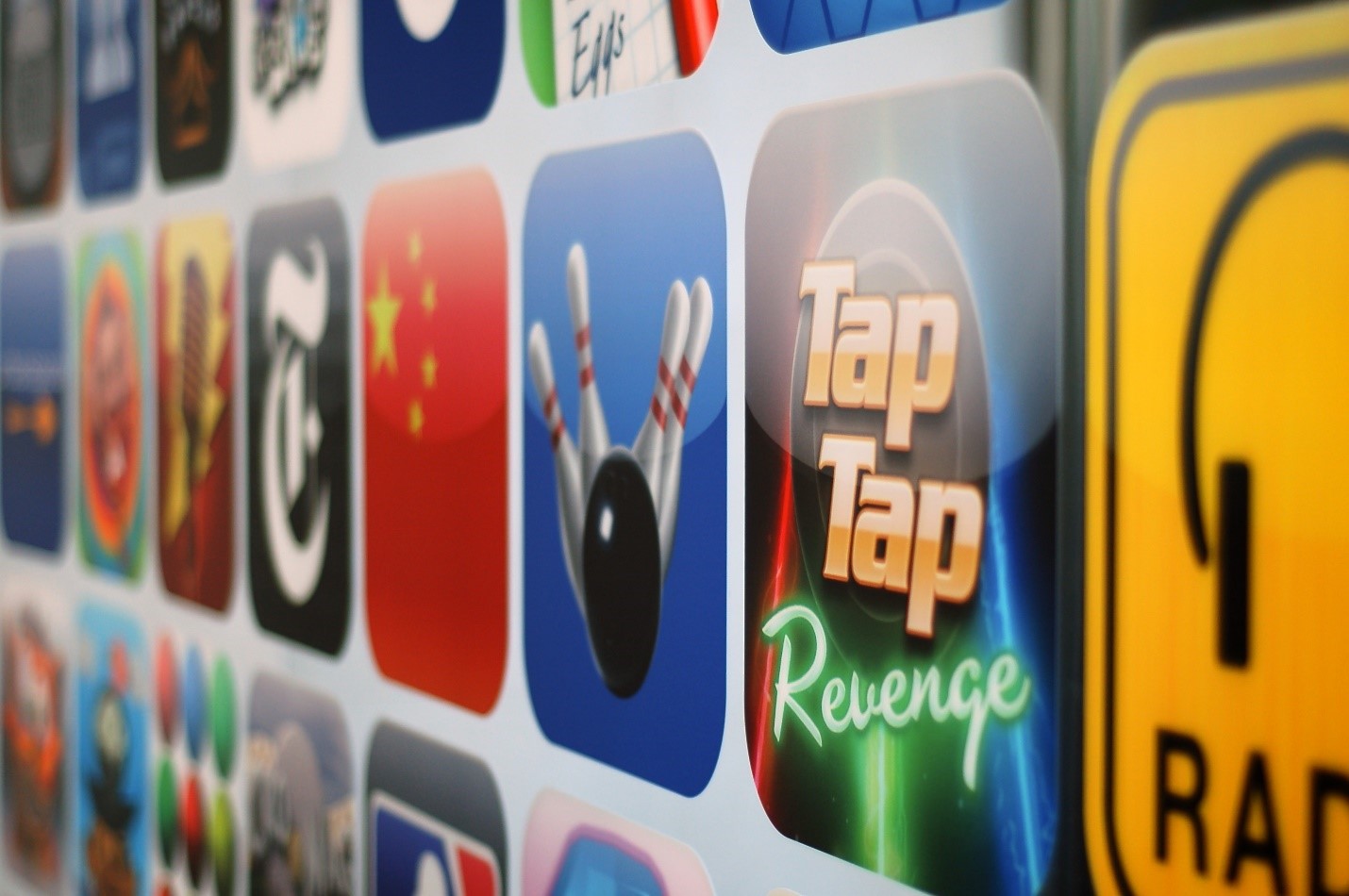It is easy to find a designer who is ready to work on any web project nowadays. But finding a professional in the field of user interface design is still a non-trivial task for a business. Today we will talk about 7 techniques of user interface design. So, let’s start!
- Clearly Understand The Role Of UI And UX
UI and UX – sometimes these concepts are used incorrectly.
Roughly speaking, UX is ” how it works “and UI is “how it looks”.
UX designers, or architects, provide user interaction with the interface and achieve the goal of the work. Specialists in the field of UX create a clear mechanism, architecture of interaction, coordinating work with the UI-designer, mobile app developer, copywriter, and other colleagues.
UI-design covers the development of the user interface. Therefore, it is responsible for its beauty, readability, convenience, and attractiveness for the user. To develop a perfect interface, UI-designer needs to know the tastes and needs of the audience.
- Know The Target Audience
What should the user interface be like? The answer to this question app designers draws from users. If you are planning to create a mobile app, you need a clear understanding of your target audience, their needs, habits, and tastes.
You need to have a clear idea of what needs force people to use your app and hold them, let them convert the audience from random users to loyal customers.
Are you lost? Then start looking at competing projects in order to get the answers to some important questions like “Do competitors use similar layouts or colors?” and “Do they adhere to this style?” in order to have an example of how everything should be done.
Remember: using visually pleasing templates will help attract an audience.
At the same time, distinguish the tastes of the audience from your own. Having defined the audience, you can conduct testing and get feedback from visitors – keep in mind that presence of clear and reasoned feedback is the key to success.
- What Is Onboarding?
Starting to get acquainted with the application through onboarding is good. When a user downloads an app, he/she “roughly” imagines its functionality – therefore, when starting, it is convenient to show the main functions of the application, so that the user does not get confused and begin to use it.
They are also needed when a cool update comes out in your application.
- Simple And Clear Navigation Is The Key To Success
Mobile navigation should be clear, accessible and take up little space. You should always try to develop a useful and convenient design for your mobile application, whether it is Australia writing or an online store for animals. Here come bookmarks and menu. They are good because they show all the main features and user can instantly switch from one page to another within one simple tap.
- Correct Errors In Users’ Search Queries
Users make spelling mistakes, but this should not prevent them from getting the right result. Push the options that users are looking for. Display closely related words and inform them that their query has been corrected.
- Display Content For New Arrivals Or Inform Them About Lack Of Content
New users probably won’t have any information in the app. But instead of showing them blank screens, add realism by displaying exemplary content.
Why is it important? It has two advantages:
- This is another way of onboarding, you can unobtrusively explain to users how to use the app;
- It can also improve retention of users as you lead a user to the next step.
- And The Last, But Not The Least – Colors And Contrast In Interface Design
Some combinations, such as blue on red, are read terribly. A good UI-designer will never allow such a “salad” to appear on the monitor. Choosing the right colors for the interface design is a science.
If you are reading this material, surely you are already familiar with the psychology of colors and understand that a color scheme should be not only beautiful but also effective. Colors are used to emphasize the visual hierarchy, establish relationships between application elements. In the design of mobile apps, it is necessary to maintain color uniformity and consistency, to strive for minimalism. The scarlet chaos is unprofessional.
There is a good rule of thumb when choosing colors: dark colors carry more “visual weight”, and they should be diluted with light colors.
Final Thoughts
The most important thing to keep in mind when making a mobile application design – the usability and intuitiveness. After reading this article you should have an idea of how to do it right. Besides, you can benefit from using a good app UI design tool if you are not confident in your skills but the most important is not to neglect the importance of UI. If the application is useless, then no one will use it. If it is useful but requires a lot of time and effort from the user, then people will not fight with it. A good UI and UX solve both these problems.
Perfect design is the key to good business, which means that if you provide a great user experience for your apps and get the most benefits. Users will appreciate your efforts and you will see their appreciation.

